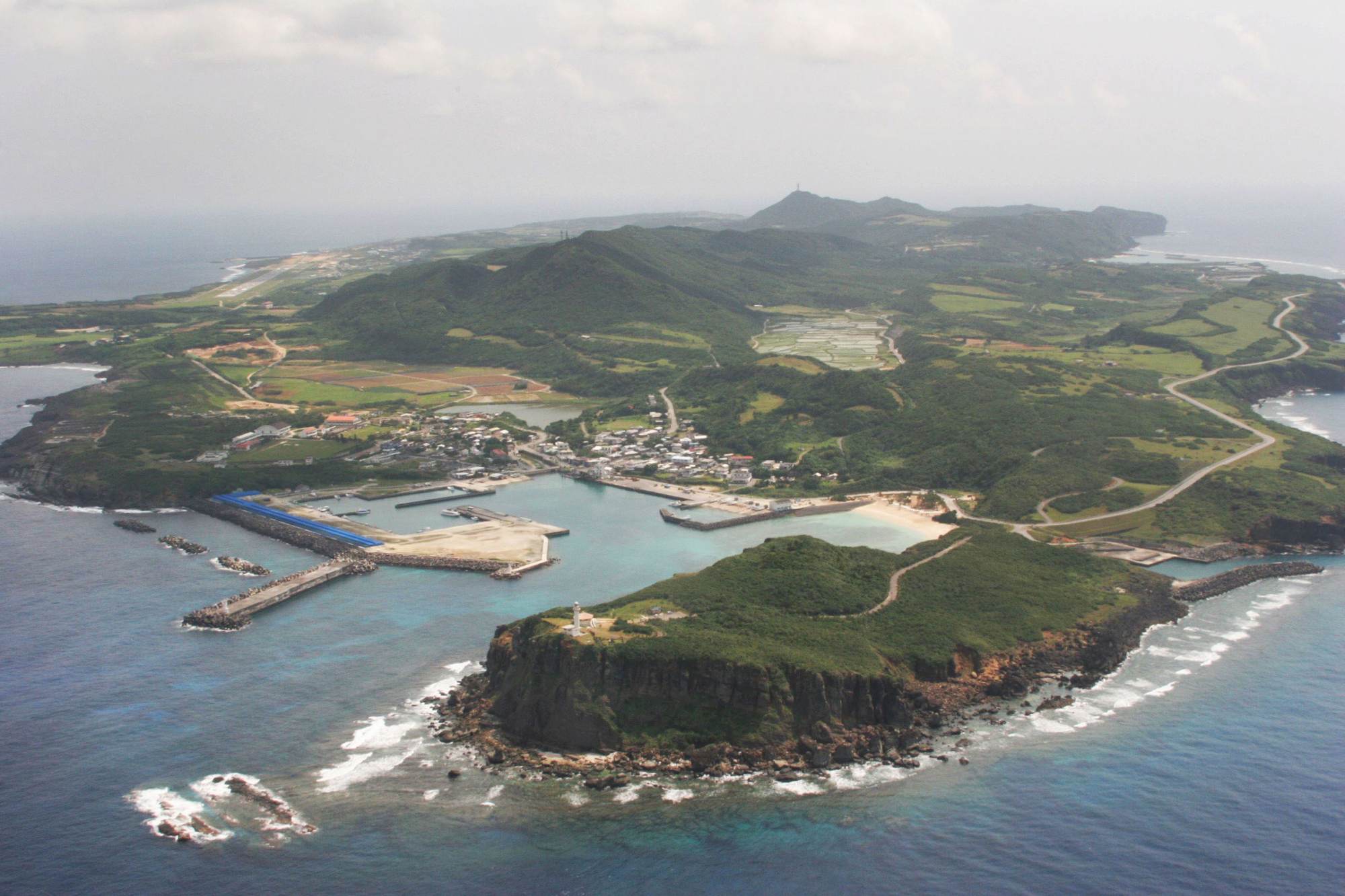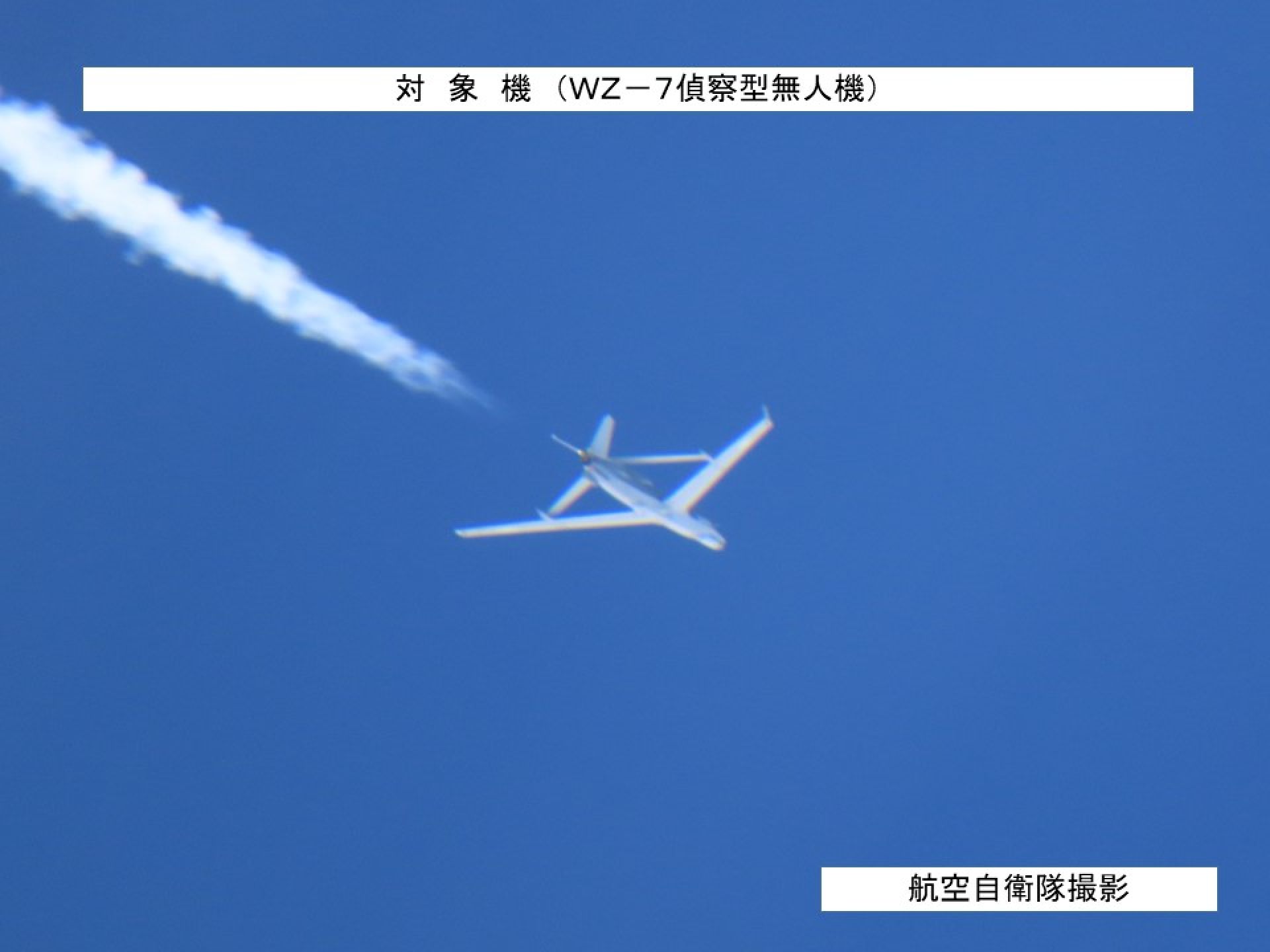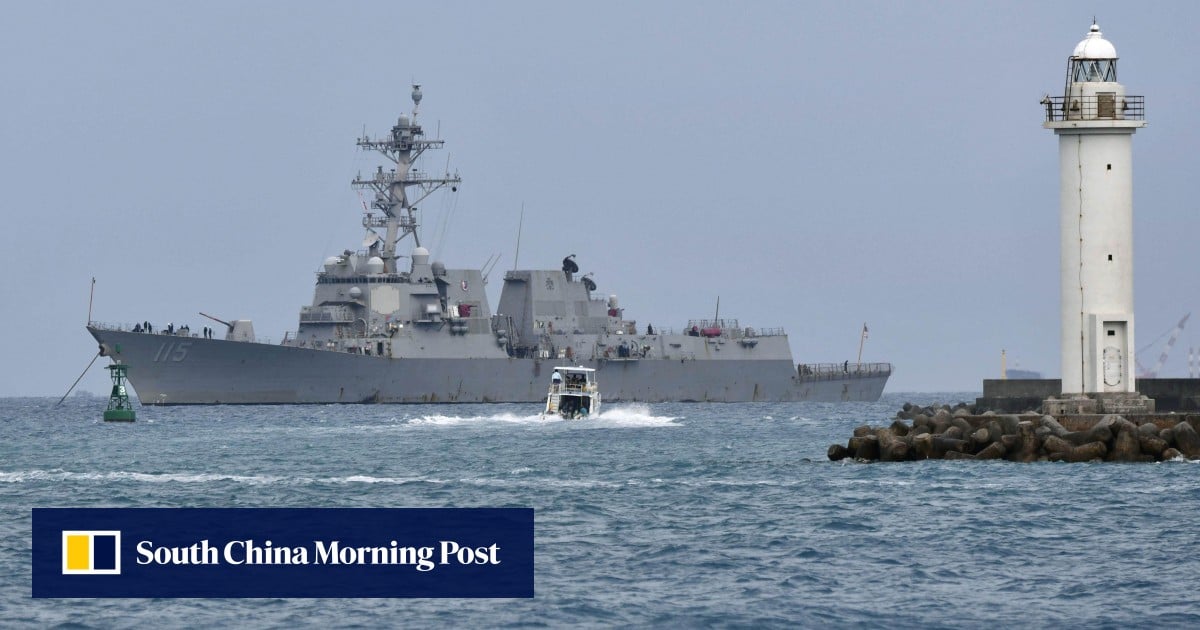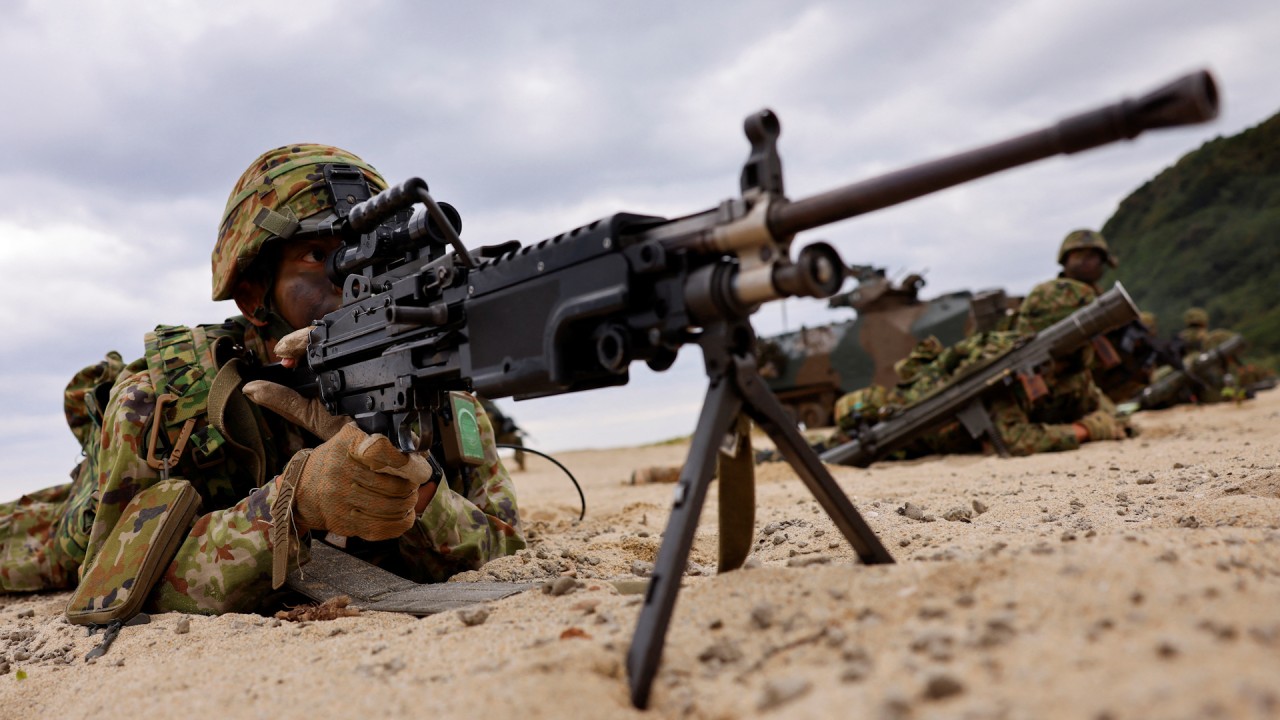Most of the facilities that have been earmarked for dual use are in the southwest of Japan and include airports in Naha, Nagasaki, Miyazaki, Fukue and Kitakyushu, which serves Fukuoka.
“Efforts need to be made to enhance the presence and capabilities of the Self-Defence Forces in the southwest of Japan to deal with possible contingencies involving Taiwan and other areas,” said Masafumi Iida, a leading China analyst at the National Institute of Defence Studies in Tokyo.
“At the moment, there is a lack of the military infrastructure that is needed, and the plan is to use existing infrastructure and make it dual civilian-military use,” he told This Week in Asia.
A shortage of air facilities is a critical concern across the islands of Okinawa prefecture, including in the most westerly island of Yonaguni. The existing airfields would be susceptible to missile attacks, Iida said, and defences would need to be introduced.
There is also a need to construct accommodation for more personnel, hardened shelters for command-and-control functions and aircraft when they are on the ground, as well as storage for additional fuel supplies and weapons.
Runways will need to be extended and potentially widened, and care must be taken to ensure that such surfaces are suitable for fighter jets to operate from.

Daito Bunka University’s Mulloy agrees that facilities for aircraft are relatively rudimentary in the region at present and will need to be comprehensively improved, including the provision of local air traffic control, additional military-grade radar and secure power sources.
“Every element that civilian aircraft use needs to be multiplied several times over for military aircraft and ground operations, including the very basic stuff such as pre-positioning the special fuel that is required, stores, weapons and the personnel that are needed,” he said.
“And then there is the question of integrating all these elements into the existing infrastructure, so this is not going to be as easy as extending a runway and saying it’s all ready.”
Enhancing naval ports was likely to be more straightforward, he said, although new channels would be need to be dredged for warships with deeper draughts than locally based fishing boats or coastal freighters, and additional wharves would need to be constructed and protected facilities for fuel, while stores and ammunition were also required.
Japan plans more bomb shelters for outlying islands amid Taiwan conflict fears
Japan plans more bomb shelters for outlying islands amid Taiwan conflict fears
Neither Japan nor the United States has commented on whether American forces would be granted access to the new air and sea facilities, but Mulloy believes this is a given during a regional security crisis.
“The reality is that the US and Japanese forces are closely integrated and if the SDF is in action in this region, then the US 7th Fleet will be with them.”
The Japanese government has reportedly earmarked 35 billion yen (US$231 million) for the first phase of the expansion plan, with more funds expected to be forthcoming.
Before work begins, however, there will need to be discussions with local residents, some of whom are likely to express concern that a greater military presence in their communities will make them a target in the event of a contingency. Consultations in previous projects have been prolonged and could delay the completion of facilities.

The need for greater defensive capabilities at sea and in the air was underlined by the sighting on Tuesday of a Chinese WZ-7 unmanned aerial vehicle over the Sea of Japan, the first time a Chinese drone has been detected operating in the area.
The aircraft approached Japanese airspace from mainland Asia and analysts believe it flew over Russia before reaching the Sea of Japan, another indication of greater military cooperation between Beijing and Moscow. The drone did not enter Japanese airspace and flew back towards continental Asia after Air Self-Defence fighters were scrambled to intercept it.
“This is the first drone that has been detected over the Sea of Japan, but Russia and China have conducted joint exercises with bombers several times in the past,” Iida said. “We also know that the Chinese air force is accelerating its operations with drones as they are aware of the usefulness of the technology, so we expect more similar incidents over the Sea of Japan.”


